The idea of a “sleeper” car has been around forever and a day, but the identity of such a machine has changed drastically over the years. In the sixties, that description would most often be applied to a bare-bones sedan with blackwall tires and dog dish hubcaps concealing a monster motor under the hood. Often, they were so stripped out that they fooled about as many people as an unmarked cop car (meaning nobody). Today, and over the last twenty years or so, “sleepers” are much harder to identify.
Let’s say you’re idling at a light in a Bullitt-style 1968 Charger R/T, the 440 V8 burbling away under the hood. You barely notice the car that pulls up next to you, since it has to be one of the dorkiest-looking rides you’ve ever seen:
Spacer
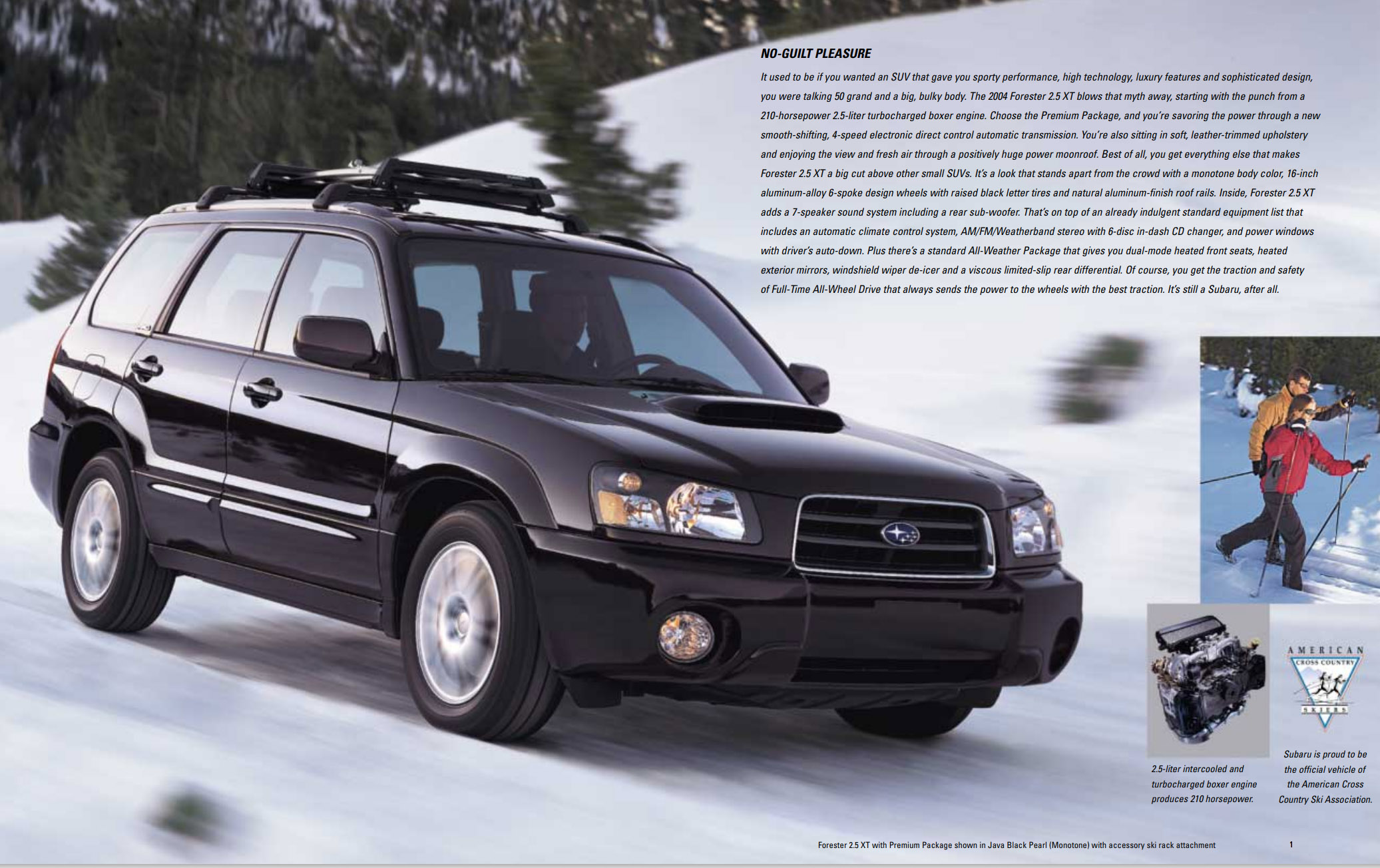
“An early 2000s Subaru wagon? Pffft,” you think as you return your focus to readiness for the green light, for you’ll soon need all your Real Man-ness to wrangle that fire-breathing 440. The light changes, you punch it, and the intersection rapidly recedes in the rear-view mirror. But what’s that by your rear bumper, very much not eating your dust? Why it’s The Brave Little Toaster That Could, about to pass your muscle car. What the hell?
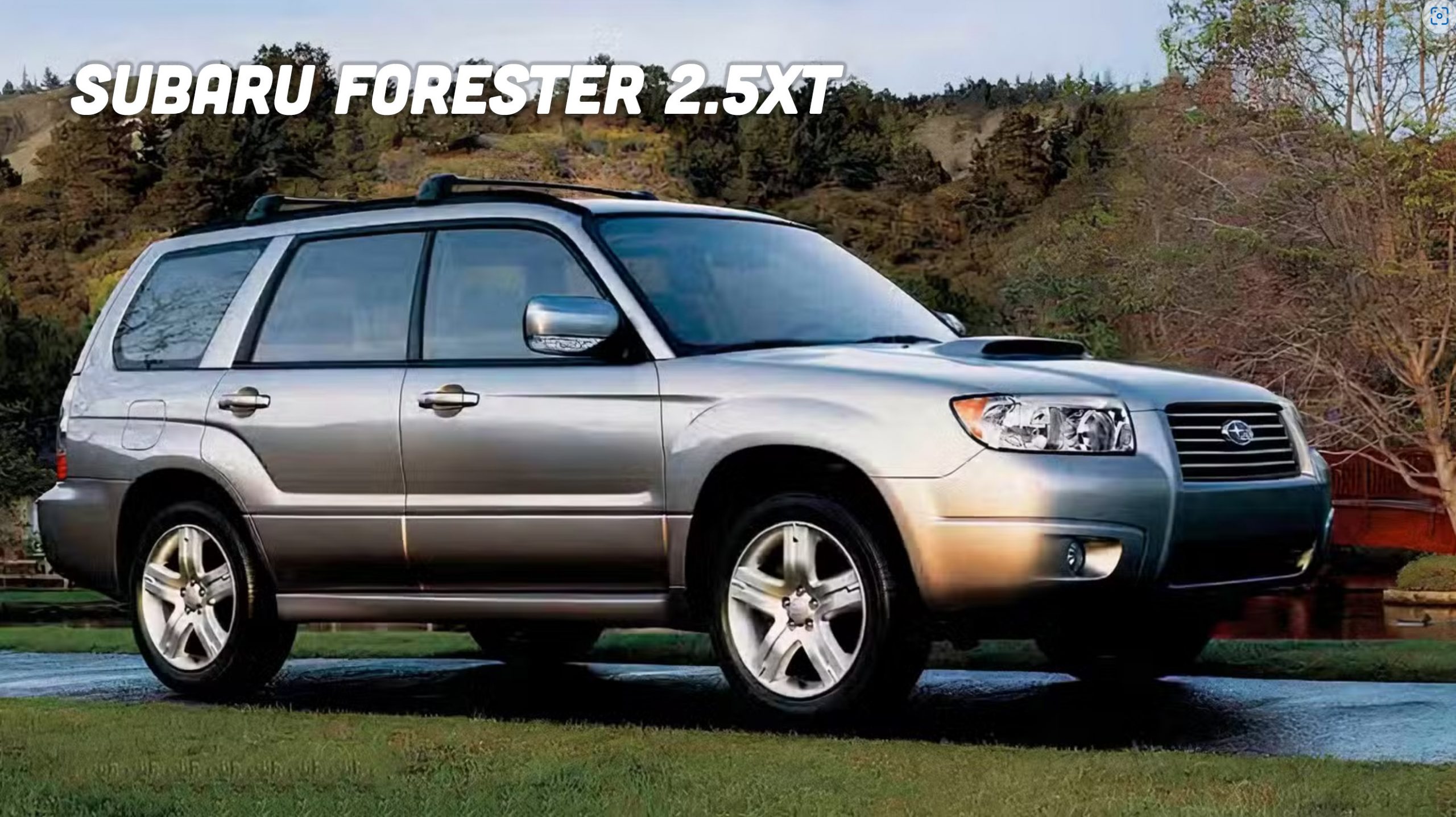
Yes, the 6.1-second zero-to-sixty the Charger 440 can pull off is impressive, but it can’t match the 5.3-second sprint that Car and Driver got out of a manual-equipped 2003 Subaru Forester 2.5XT. You and your mighty Mopar just got walked by a nature conservancy employee, and now you can read her COEXIST bumper sticker.
Now that is a sleeper. Could your day get any worse?
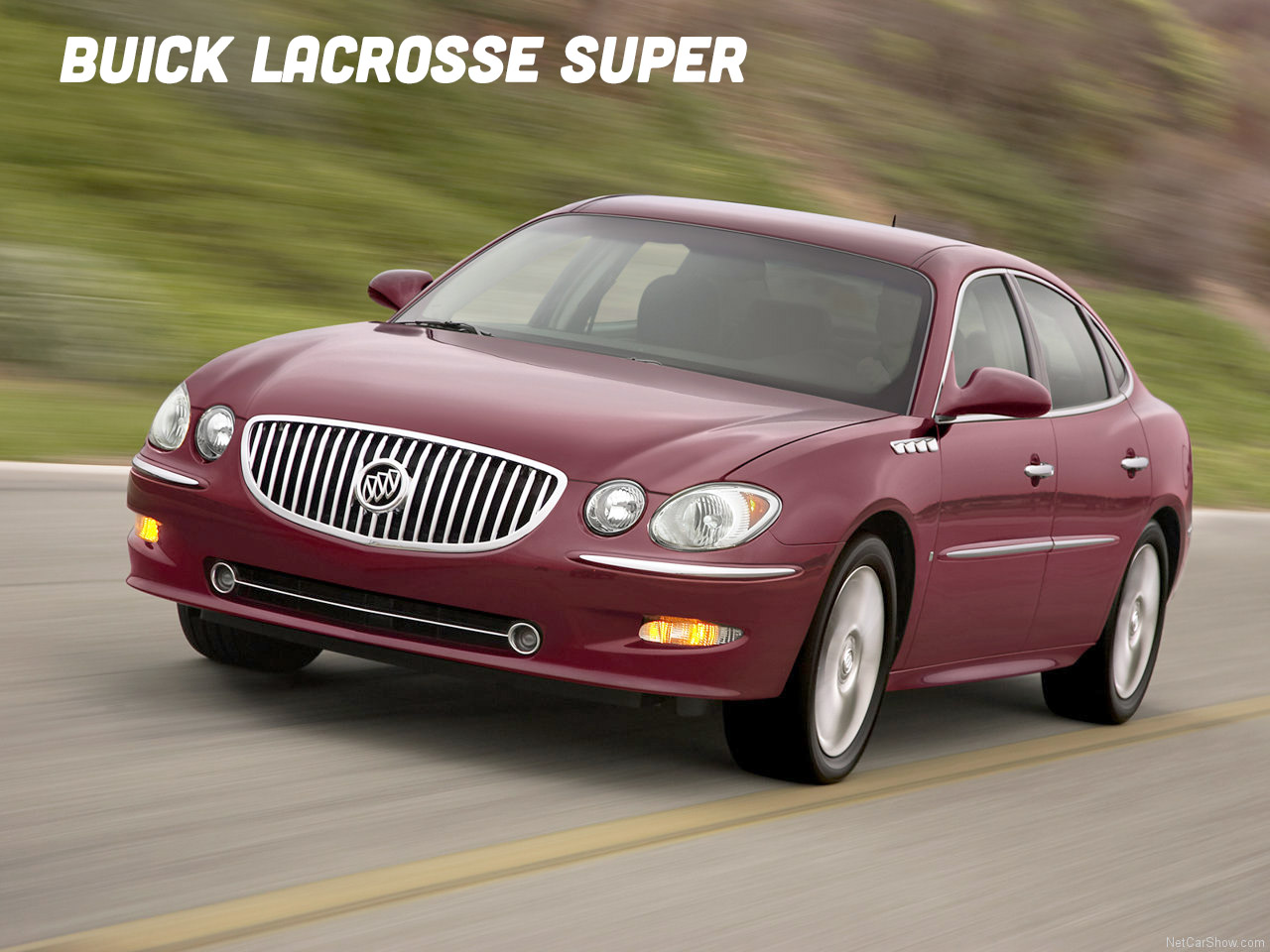
Passing the high-end Senior Living Center down the block, a big old 2008 Buick Lacrosse pulls into the right lane as you pass in your Charger. At the stop sign, the grey-haired driver rolls down his window and asks, “That thing got a Hemi?” Before you can answer, the octogenarian matts the pedal and the Buick just disappears. You try to give chase but the two-year-only 2008-2009 Lacrosse Super packed a 5.3-liter V8 good for sixty in 5.7 seconds. Grandpa just shut you down. Sleeper!
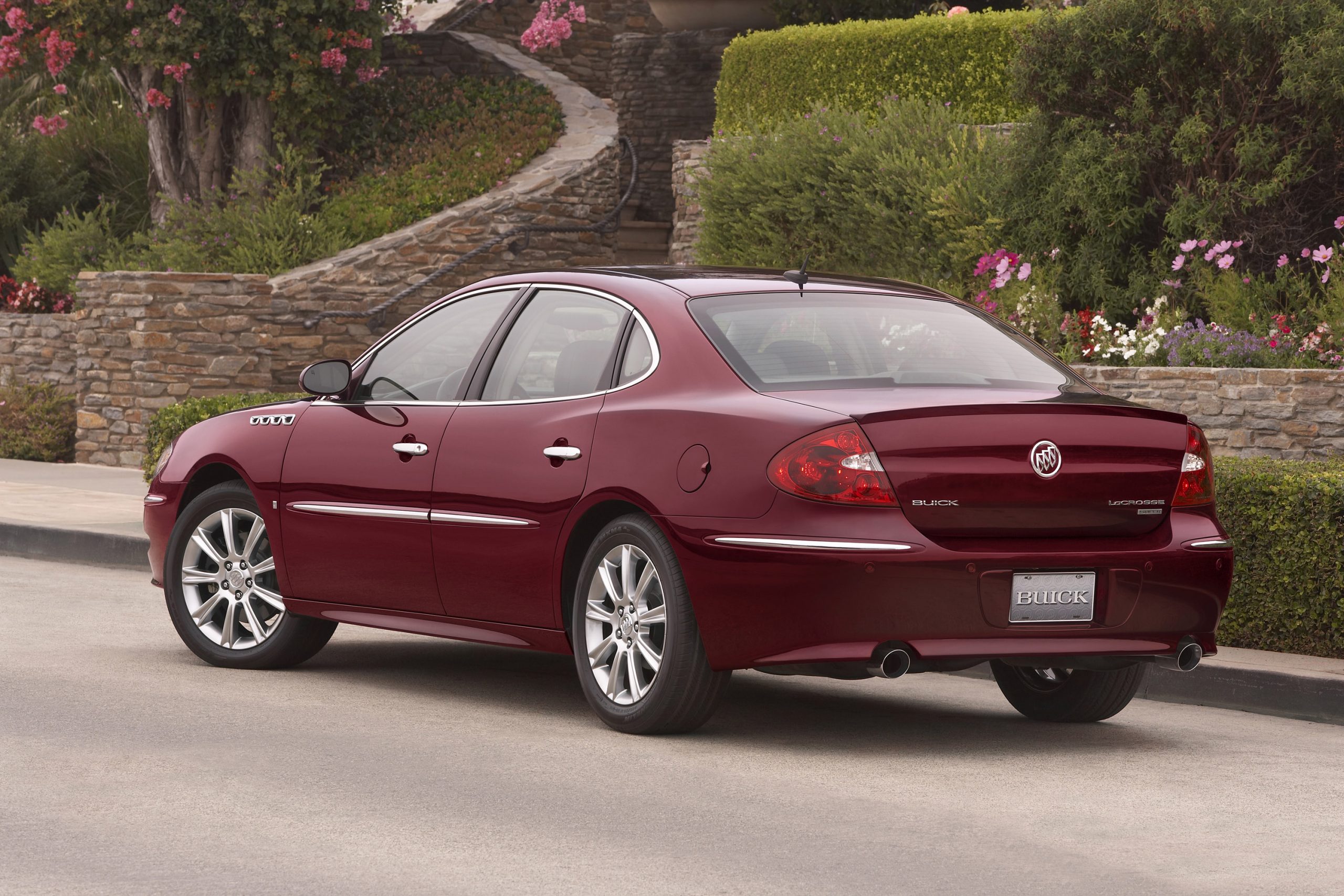
Geez, maybe you should try to race that twenty-two-year-old Altima over there, right? It says 3.5SE on the trunk lid – that’s a V6, but how fast could it be? Plenty. With a manual transmission, it can rip off a 5.9-second run to sixty. Our own Stephen Gossin found one a while back, and didn’t believe me when I told him his rental-car-looking Nissan was deceptively quick. When Stephen texted “HOLY SH*T” not long thereafter, I did not have to guess what he was excited about.
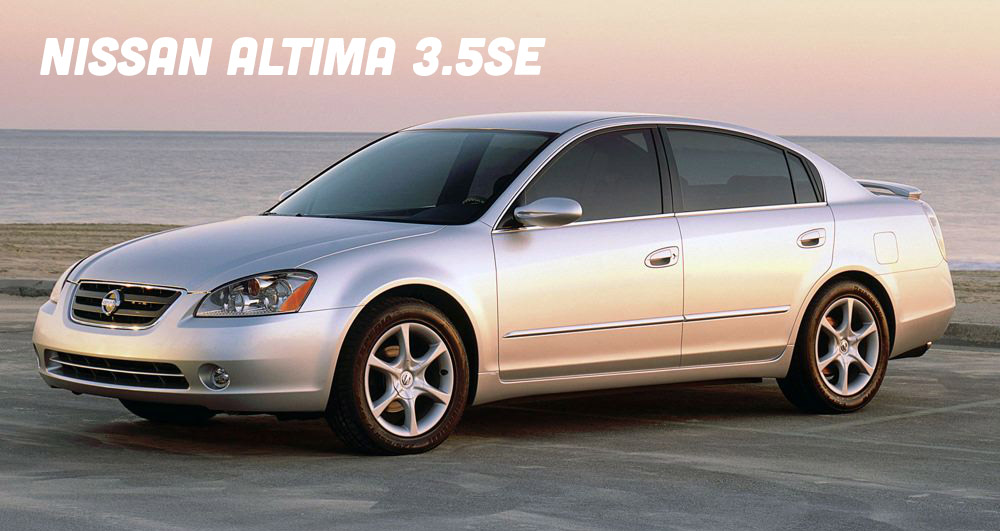
Sleepers are everywhere! Do you own one, or have you driven one you’d like to share? Or, maybe you study the specs of cars as religiously as some baseball fanatics catalog RBIs and can handily ID all the unlikely cars poised to ruin a Mustang or Camaro owner’s day. Let us know!
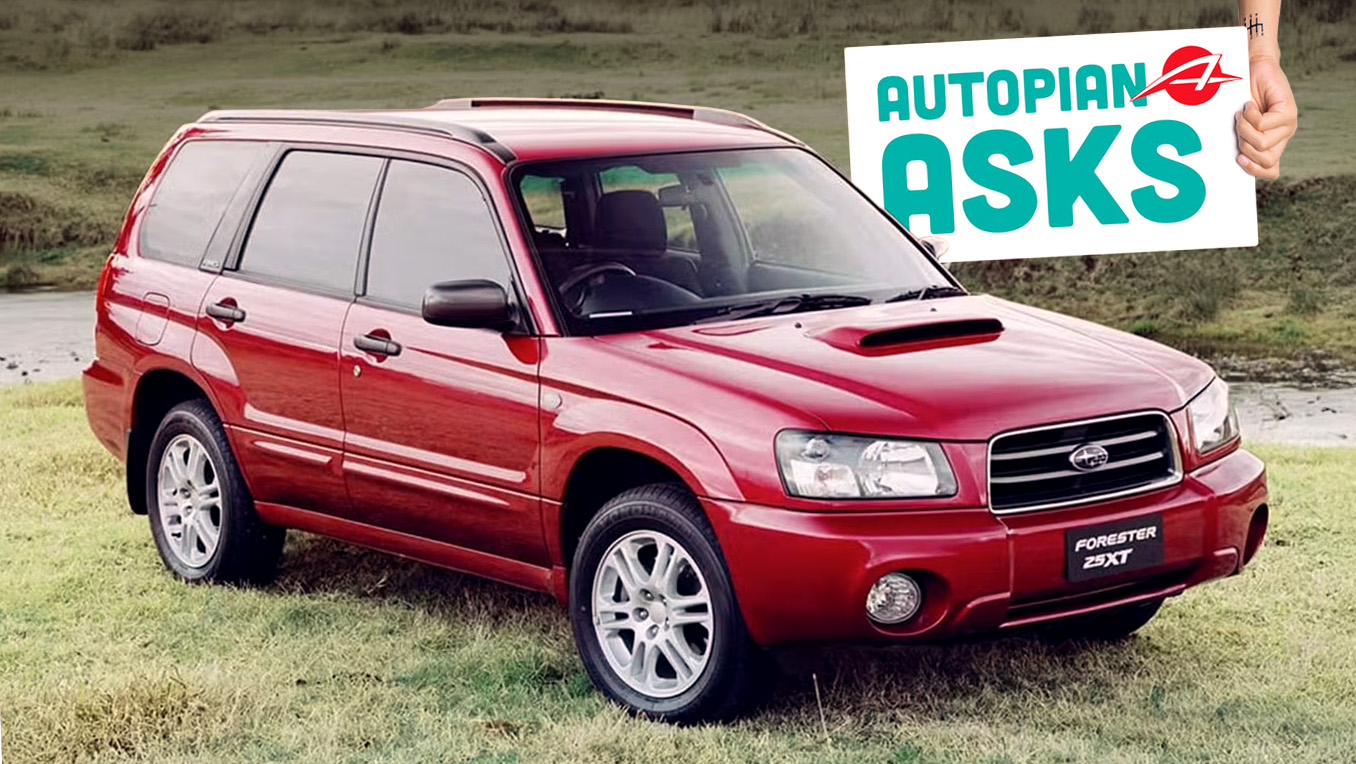




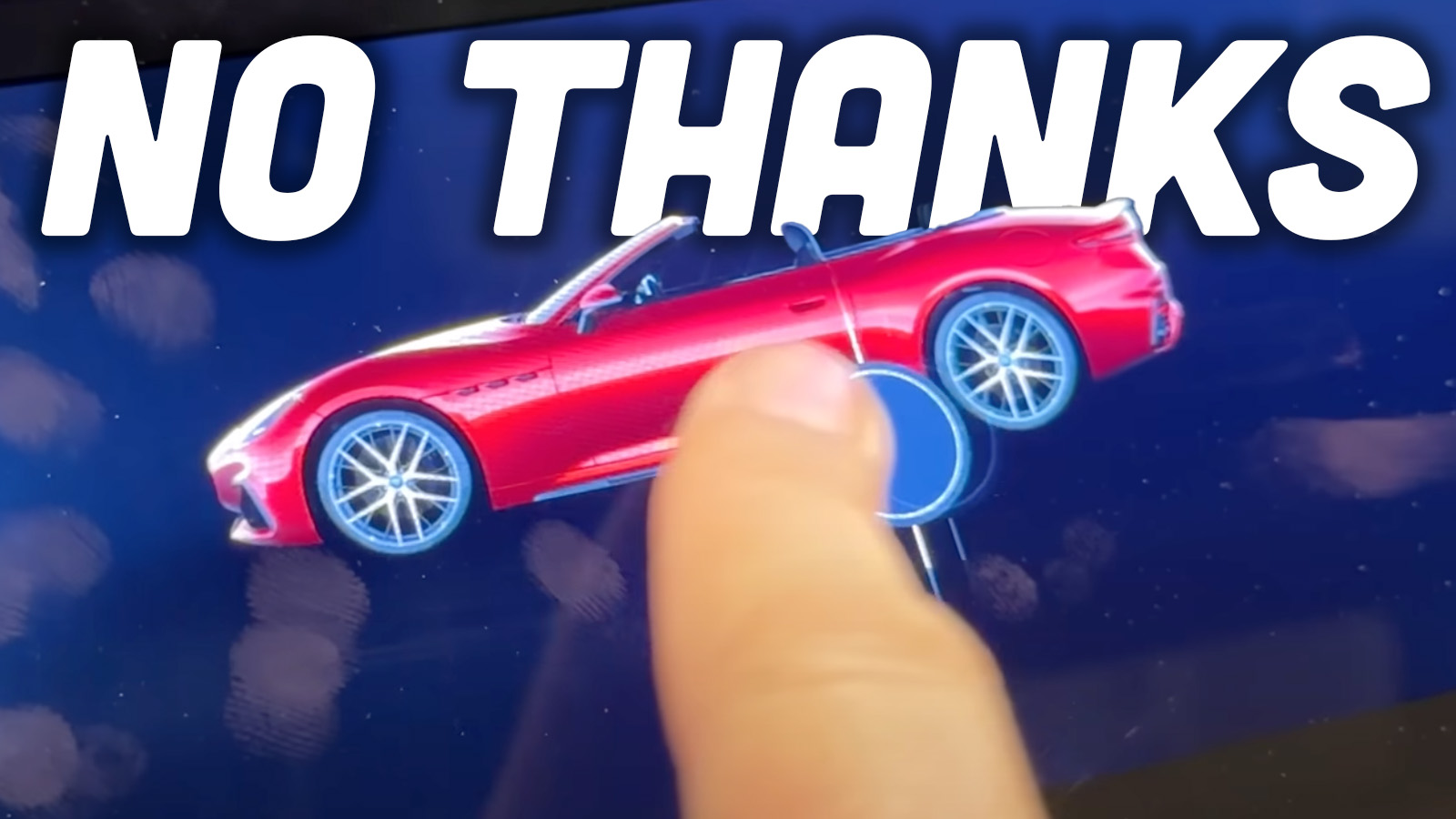

The first generation Mitsubishi Outlander was available with a 2.0 litre turbo engine: the 4G63 found in the Lancer Evo 8.
It was obviously a little milder, but it was still good for around 200 hp from the factory, and the fact that it could be easily modified for extra power meant that you could build an even insaner boring SUV, with its only tell being a hood scoop.
Long ago, but I was amused reading about owners in Europe debadging the 6.3 off their M-B 300 SELs.
By contrast, my 6.9 doesn’t have the “450SEL” badge, only “6.9” (standard for US market modeled). It’s old and the vast majority of people have no idea what it is, so to them it’s just an old sooty diesel MB.
It won’t smoke your Hemi from a standing stop, but it will keep up. And at highway speeds, if I motivate it a little, it will disappear in front of you like it was never there.
V6 Camry’s and Accords are right up there with the Nissan and Buick. I never realized that Subaru was that quick. I’m not sure how long its clutch and tranny would hold up to repeated abuse. Heck, I don’t know my Honda V6 and tranny would with repeated maximum performance take offs. I know the tires would not make it their rated mileage warranty, even with frequent rotations.
I had a 2002 Accord V6 and that thing was amazing.
I have a 2017 Accord V6 and I’m pretty impressed with the performance while simultaneously delivering mid-to-upper 30 MPG on long freeway stretches while doing 65-75 mph. Around town, though, it’s pretty thirsty.
My parents’ 1976 VW Microbus seemed way quicker away from the lights than it had any right to be – when most Buses had the 1.6 litre engine, ours was a 2 litre automatic, with enough extra torque to beat most unsuspecting ‘competitors’ to the other side of the intersection, before the lack of outright power meant we were rapidly overtaken.
2003 Toyota Corolla Matrix… XRS. With the Yamaha powered heart of a Lotus and the suspension and 6 speed out of a Celica GT-S, it shut down a BMW M3 and kept up with an Evo MR, quite nicely. Got worse when the supercharger got added.
Failing that? 2008 Camry V6. Still a Camry, but it managed to keep up with a heavily modified Fox body Stang to the point where the driver tracked me down to ask what the hell it was.
My dead and much missed 2007 Honda Accord Hybrid snuck up on a lot of folks. V6 and decent fuel economy. So unassuming…so very quick. You had to have superior power and be paying attention to beat me in traffic signal drags.
My car, obviously! The last-gen of the Lincoln MKS Ecoboost. Same twin-turbo 3.5 V6 AWD drivetrain from the Taurus SHO, but with a much nicer interior, and at a hefty discount from the Ford in current prices
Fast wagons.
If I was about 15 years younger I probably would have owned a Forester 2.5XT. I was too young to afford them when they were new and in good condition used.
These days? I would absolutely go with a base F150 with the FP700 option.
Oldsmobile Cutlass Calais with the high output Quad4.
In 2025 it’s literally difficult to beat the current Rav4 Prime (in a drag race)
Costs just $44,000, looks identical to 75% of the modern automotive landscape, but it sees 60mph quicker than you can read this comment.
Yup, when I have to punch it in ours, it just takes off. Surprisingly quick.
In the late 2000’s, the quickest car Toyota made was the RAV4 with the then-new 3.5V6.
We have a 2012 Volvo XC60 R-Design.
In boring Saville Grey. (the 2-tone interior is fun, though.)
The “R-Design” trim level was derided as not much more than an appearance package in comparison to the 90’s “R” (V70R) packages.
But in reality, the specs on our R-Design have 10% stiffer suspension, 10% quicker steering, 20″ rims with low profile performance tires, and the 3.0 turbo I6, rated at 325HP from the factory, which was the most power ever offered in a Volvo at the time.
The factory hot-rodding, dealer-installed Polestar tune did not increase that HP, which might indicate that Volvo thought that was the limit the engine could safely offer.
Reviews at the time were excellent, surprised of the “safe” Volvo comparing favorably to BMW and Audi performance SUVs.
The sleeper kicks in because the only real visual cue were those 20″ rims, and this was/is a mid-size SUV that could 0-60 faster than an 80’s Countach.
I saw a 2012 R series V70 wagon listed the other day, I didn’t even know they offered that. It only had the N/A 3.2 though, had it been the T6 I’d have been all over it.
There are several that immediately come to mind, I’ll limit it to my top 3:
I liked the 3.7 also. I never drove one, but it seems to be a victim of federal gas mileage regulations. I thought it was as good of a base engine in a muscle car as any.
If the first 3.7 car I encountered at the strip had a more experienced driver, or if I hadn’t had the only perfect run of my entire life, my 4.6L car would’ve lost by at least 2-3 tenths. When I finally got to drive a 3.7L car a couple of years later, I was in love, it was lighter, rev-happy, and the 3.7L Cyclone V6 is one of the few truly great sounding V6 engines. Ford really screwed the pooch discontinuing them altogether when they could’ve downsized them to 3.5 and then 3.3L like they did in the F150. A significantly cheaper Mustang with that engine would be far more appealing to me than the 2.3 Ecoboost (I’ve driven a few of those and I’m not impressed).
A friend had one of the Foresters – that car was silly quick, and the pictures don’t do justice to how much of an anonymous box it looks like. There’s a hood scoop, but the rest of the car screams “ignore the hood scoop!”
My favorite, though, was the beige ‘06 Volvo V70 T5 another friend drove – decently quick off the line, but turned into an absolute rocket ship at speed. Best part was you could pass a cop doing 20 over without getting a ticket because people’s brains absolutely refused to accept a beige Volvo station wagon could be moving that quickly.
The sleepers of the 60s, 70s, 80’s and even 90s aren’t really sleepers anymore because any old car on the road is automatically conspicuous.
I’m trying to convince myself that it’s a wise idea to buy a 2017-2020 Lincoln MKZ with the 3.0 twin turbo. 400hp with AWD, only 350hp with FWD.
One that I had that was deceptively quick was a 2008 Saturn Aura XR. Like the Malibu and others of that generation, you could get it with the 3.6 v6 that made 252hp. I only had it a couple of years before I got rear-ended and it was sent to the scrappers.
That MKZ.. definitely a good recommendation for a sleeper!
That’s because muscle cars, while fire breathers in their time, aren’t fast at all by modern standards. Sometime in the last 20 years, modern ICE cars started slipping under that 6.1 second 0-60 mph time (most EVs blow straight past it), to where it seems that just about anything has a trim level that runs a 5 second or less. Heck, even the 2025 Suburban with the 6.2 goes 0-60 in 6.1 seconds.
Mine is more of a genre than anything else:
Electric cars that look like normal cars (Nissan Leaf for example) and or electric versions of normal cars (e-Golf for example)
They’re so much faster than every other normal ICE car in terms of acceleration. Honestly I save a ton of time not having to wait for a massive gap between cars to merge due to poor acceleration, as all of my cars until now have had pretty poor acceleration.